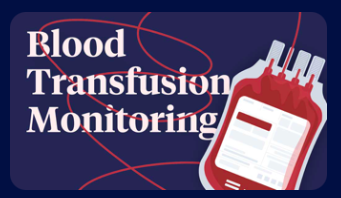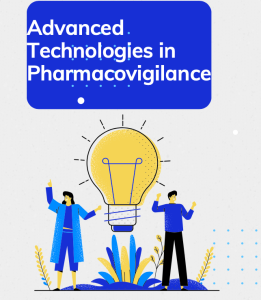ALL ABOUT PHARMACOVIGILANCE
-
Health Canada amendments to Labelling of natural health products (NHPs)
Health Canada has implemented amendments to labelling requirements under the Natural Health Products Regulations (NHPR) as a result of challenges identified in recent years surrounding the widespread use of Natural Health Products (NHPs) by Canadians. The amendments imposing revised labelling standards are subject to a three year transition period and will come into force on…
-
EMA recommendation on Restricted use of cancer medicine Rubraca
On 22 Jul 2022, the European Medicines Agency (EMA) has recommended that Rubraca (rucaparib camsylate) should no longer be used as third-line treatment for cancer, as a study that was designed to confirm the benefit of Rubraca failed to do so, and showed that treatment may be associated with a higher risk of death. The…
-
MHRA Update – Risk of Topiramate (Topamax) in children with prenatal exposure
On 21 July 2022, Medicines and Health care products Regulatory Agency (MHRA) released a drug safety update stating, initiation of new safety review into topiramate because of increased risk of neurodevelopmental disabilities in children whose mothers took topiramate during pregnancy. The new safety review was triggered by a large observational study reporting that prenatal exposure to…
-
NPRA update on Risks associated with Systemic Corticosteroids
National Pharmaceutical Regulatory Agency (NPRA) of Malaysia release a notification on Risk of Pheochromocytoma associated with Systemic Corticosteroids. Corticosteroids are anti-inflammatory drugs used for asthma and arthritis. Betamethasone, dexamethasone, prednisolone, methylprednisolone, triamcinolone, are types of systemic corticosteroids that are registered and currently in use in Malaysia. Pheochromocytoma crisis is actually an emergency situation,where patients have…
-
HPRA update on safety and use of Melanotan
Health products regulatory authority (HPRA) released an advisory regarding risk of using Melanotan. “Do not purchase or use melanotan 2 because there is no such authorised medicine to treat any condition,that includes the purpose of changing skin color” says HPRA. As it cannot be classified as cosmetics, not even an authorised medicine, there is no…
-
2. Hemovigilance – Adverse event terms and definitions
Haemovigilance: A set of surveillance procedures covering the whole transfusion chain (from the collection of blood and its components to the follow-up of recipients), intended to collect and assess information on unexpected or undesirable effects resulting from the use of labile blood products, and to prevent their occurrence or recurrence Adverse event: An unintended and…
-

Introduction to Hemovigilance
The transfusion of blood and blood products is a life-saving intervention. However, there are risks of adverse events associated with the donation of blood and its components, and with the transfusion of blood and blood products to patients. Adverse events include all reactions, incidents, near misses, errors, deviations from standard operating procedures and accidents associated…
-
Turkish Pharmaceuticals and Medical Devices Authority (TITCK) – Pharmacovigilance guidelines Updates
On 20 Jun 2022, the TITCK published the guidelines to Good Pharmacovigilance (IFU) Module X and Module Xi – pre marketing Benefit/Risk assessment and Post marketing benefit/Risk assessment respectively. New Updates: Module X: Pre-marketing benefit/risk assessment Guideline The acceptable benefits and risks should be briefly summarized along with the background of the disease, the course…
-
Withdrawal of lymphoma medicine Ukoniq (umbralisib)
Due to safety concerns, the U.S. Food and Drug Administration (FDA) has withdrawn its approval for the cancer medicine Ukoniq (umbralisib). Ukoniq was approved to treat two specific types of lymphoma: marginal zone lymphoma (MZL) and follicular lymphoma (FL). Updated findings from the UNITY-CLL clinical trial continued to show a possible increased risk of death…
-

Next Generation Drug Safety
Medicines are chemicals or compounds used to cure, halt, or prevent disease; ease symptoms; or help in the diagnosis of illnesses. Though these medicine appears to be safe and well tolerated there is significant risk associated with them. The risks need to be balanced against their benefits and only medicines with a positive benefit-risk balance…
Got any book recommendations?